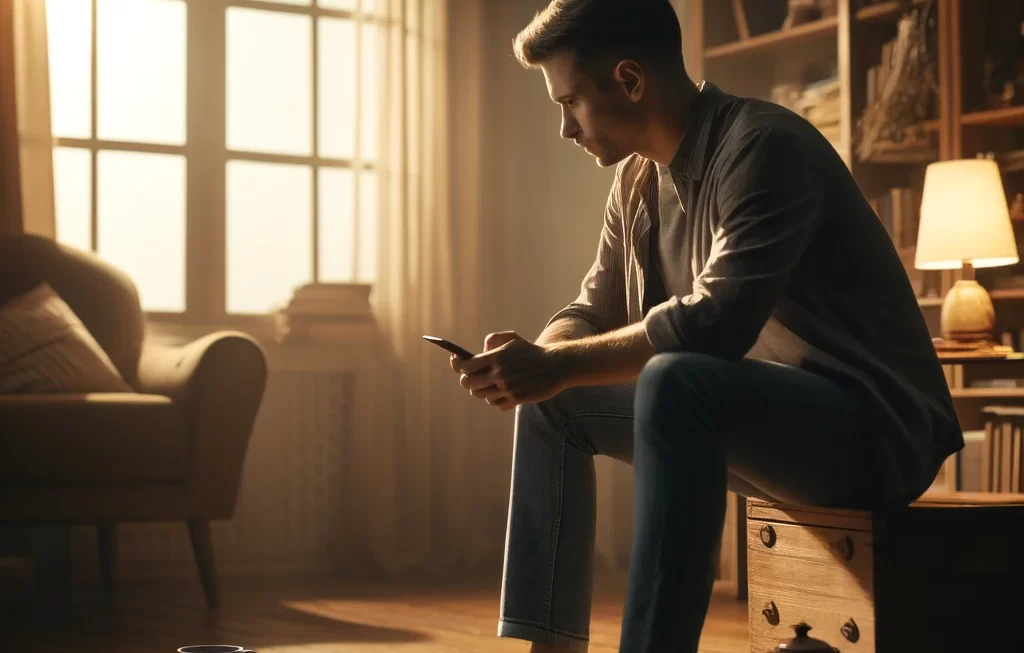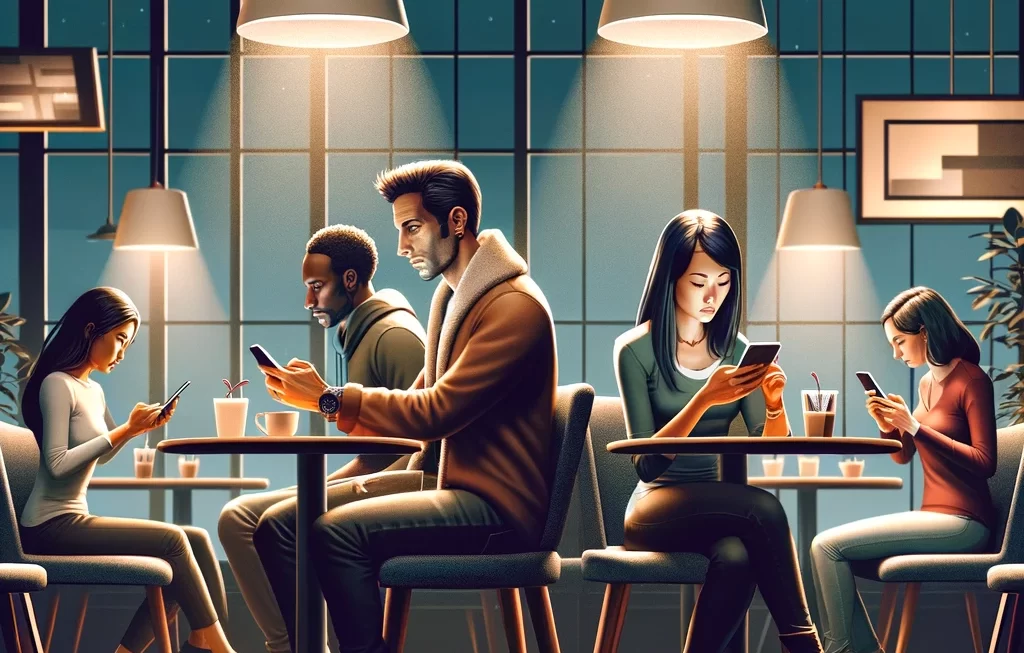The upcoming film “Bad News,” set to follow in the footsteps of its predecessor “Good News,” is generating buzz for all the wrong reasons. Starring Tripti Dimri, Vicky Kaushal, and Amy Virk, the film navigates the murky waters of modern romantic entanglements with a storyline that might leave many viewers questioning the evolving portrayal of relationships in cinema.
Unraveling the Premise
At the heart of “Bad News” is a plot that centers around a pregnant woman, unsure of the father’s identity, pointing to her simultaneous relationships with multiple men. This storyline isn’t merely about individual choices or romantic freedom; it delves into the realm of relational ethics and the psychological impacts these can foster.
The Glorification of Relational Ambiguity
The film appears to romanticize a lack of commitment and responsibility, traits that are becoming increasingly visible in contemporary cinematic narratives. Such portrayals might aim to reflect societal shifts towards more liberal relationship dynamics, but they also risk normalizing instability and emotional disarray. The critical issue here isn’t just about individual freedom in relationships but about the broader implications of these freedoms when stripped of accountability.
Psychological Echoes: The Real-world Impact
The normalization of complex, non-committal relationships as depicted in “Bad News” has a profound psychological impact on audiences, especially young adults. These portrayals can contribute to unrealistic expectations about relationships, leading to increased anxiety, confusion, and dissatisfaction. The cinematic trend of showcasing fleeting liaisons as the norm rather than the exception distorts the viewer’s understanding of healthy relationships, which are built on trust, stability, and mutual respect.
The Cultural Ripple Effect: Cinema’s Responsibility
Cinema wields considerable power in shaping cultural and social norms. With this power comes a significant responsibility. “Bad News,” by promoting a narrative filled with relational ambiguity and casual intimacy, might be overlooking its potential to influence public perception negatively. The film industry must recognize its role in either reinforcing transient relationship models or promoting more grounded, realistic portrayals that consider the emotional well-being of individuals.
A Call for Deeper Narratives
It’s time for filmmakers to delve deeper into the consequences of the lifestyles they glamorize. There is an artistic and ethical demand for stories that not only question societal norms but also offer insights into the complexities of human relationships. Films like “Bad News” should strive to provide a balanced view that addresses both the freedoms and the inherent responsibilities of modern relationships.
Conclusion: Shaping the Future of Relationship Portrayals
As “Bad News” prepares for its release, it presents an opportunity for introspection within the filmmaking community and among viewers. The film could go beyond mere entertainment to become a catalyst for meaningful discussions about the nature and direction of contemporary relationships. Will it take up this mantle responsibly, or will it be remembered as a missed opportunity to positively influence societal views on love and commitment? Only time, and perhaps the viewer’s verdict, will tell.




